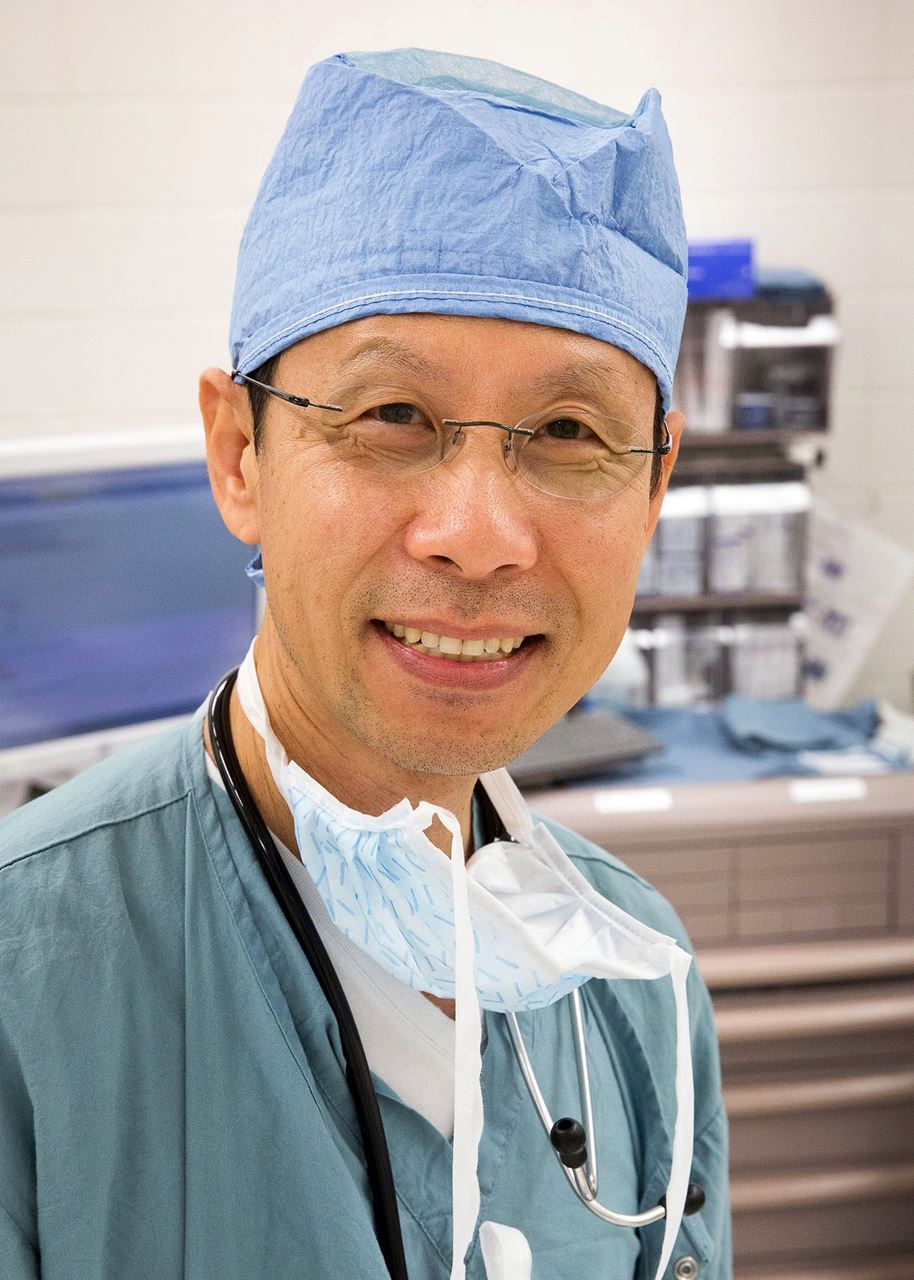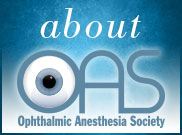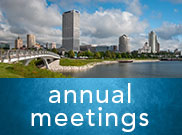
 First off, I would like to sincerely thank the Board of Directors and all the members of the Ophthalmic Anesthesia Society for your trust and support in nominating me as this year’s president. I will do my best to fulfill my duties and responsibilities, but I will need your help - I want to hear your ideas, feedback, and suggestions to help our society develop a strong voice for patient care, patient safety, and operating room business in ophthalmic surgery and anesthesia.
First off, I would like to sincerely thank the Board of Directors and all the members of the Ophthalmic Anesthesia Society for your trust and support in nominating me as this year’s president. I will do my best to fulfill my duties and responsibilities, but I will need your help - I want to hear your ideas, feedback, and suggestions to help our society develop a strong voice for patient care, patient safety, and operating room business in ophthalmic surgery and anesthesia.
Membership is very crucial for the survival of any organization, and I believe that the value of the membership is a very important factor in retaining existing members and attracting new members. Therefore, improving the value of our membership will continue to be my main focus of the OAS business in the upcoming year.
The OAS annual scientific meeting has been a great platform for all our members to come together face to face to exchange updated information, discuss new founded theories, and practice ophthalmic surgery and anesthesia. I want to enhance the educational value of the 34th Annual Scientific Meeting and start the planning of the 34th annual scientific meeting early in order to invite valuable speakers, to advertise the benefits of the meeting, and attract new members to our society while gaining new attendees.
Many of our members are already experts in the practice of ophthalmic surgery and anesthesia. Their publications, including papers, articles, abstracts, practice protocols, institutional policies, and letters to editors are very valuable to showcase to our members and the international ophthalmic society as well. Four years ago, during my first term of presidency, I wanted to create an online repository to host all the publications from our members, however, the project was delayed due to technical difficulty so I would like to try to implement this one again in the upcoming year. In addition to post your work, the repository will also house guidelines from centers across the country to help in building consensus statements on key issues in the specialty. I will need each of you to send all of your publications to Lori and Melissa as the first step of this exciting project.
The OAS newsletter has been getting better and better in the last several years thanks to the hard work of the OAS Scientific Advisory Panel, but we need help from every member to participate and make a contribution to the newsletter to make it more meaningful and educational. Please send your suggestions to Lori, Melissa, the board members, and myself included.
The online discussion forum has also been a great success in the last several years by being more simple, effective, and accessible. If you have questions or have answers to the questions other members posted, we encourage you to participate as this is can be a great learning experience for you and your peers. Our small society is advantageous for us to get to know each other, so I hope the improvement of the online discussion forum can further develop the communication between our members.
In addition to improving the value of membership, I am also asking every member to help our society grow by reaching out to our surgical and anesthesia colleagues and encouraging them to become new members and participate in this wonderful community that we have built.
If you have any questions, comments, or concerns, please don’t hesitate to reach out to me. I am very excited for the new business year of the Ophthalmic Anesthesia Society and am looking forward to working with every member closely for the bright future of our society.
Respectfully submitted,
Zhuang T. Fang, M.D., MSPH, FASA
Clinical Professor
David Geffen School of Medicine at UCLA
Department of Anesthesiology and Perioperative Medicine
Associate Director, Wasserman Stein Operating Service





